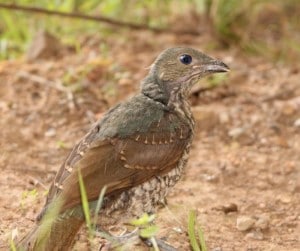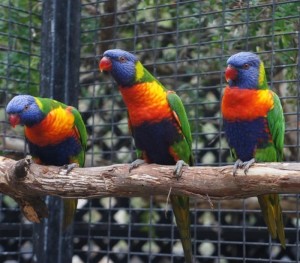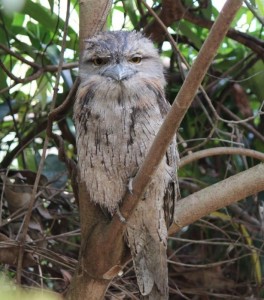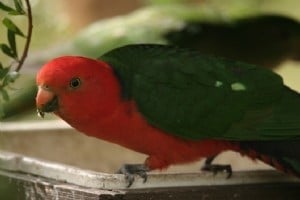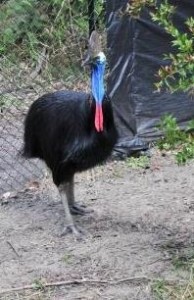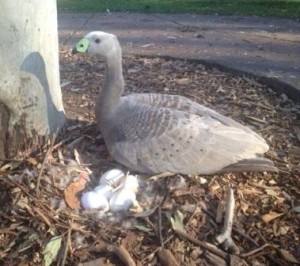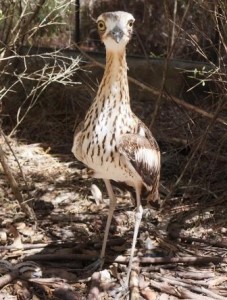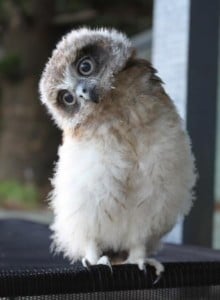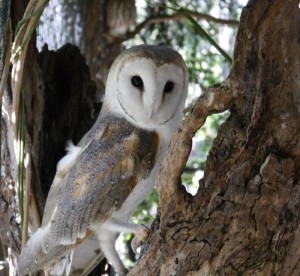-
Satin Bowerbird
Scientific Name: (Ptilonorhynchus violaceus) Did You Know? Satin bowerbirds always build their bowers on a north-south axis. Decorative objects include any suitably coloured man-made objects such as milk bottle caps, straws and clothes pegs as well as natural items such as feathers. Male and female satin bowerbirds are totally different
Regent Bowerbird
Scientific Name: Sericulus chrysocephalus Did You Know? In the bowerbird family there is a definite pattern where the more colourful birds tend to build less elaborate bowers. The regent bowerbird is a good example of this, its beautiful plumage making up for the relatively plain and simple bower. The fawn-breasted
Rainbow Lorikeet
Scientific Name: Trichoglossus haematodus Did You Know? Many wild rainbow lorikeets suffer because they are fed an inadequate diet by humans, such as bread and honey. If you are planning to feed these birds in your garden, purchase a specific lorikeet diet from a pet shop and only provide small
Tawny Frogmouth
Scientific Name: Podargus strigoides Proudly Sponsored by Finn Beaumont, Vale Park, NSW Hayley Franklin, Muswellbrook Anonymous, Davistown Did You Know? Despite popular belief frogmouths are not owls. Their night time activities and diet are about the only thing they have in common with owls as they are actually more closely
King Parrot
Scientific Name: Alisterus scapularis Did You Know? It takes nearly three years for the male king parrot to develop his full coloured feathers. Before that he resembles the predominantly green female. Surely one of the most beautiful of all the parrots, the male king parrot is resplendent in his plumage
Cassowary
Scientific Name: Casuarius casuarius Did You Know? Incubation lasts for around two months and the male rarely eats during this period. The female cassowary can be distinguished from the male by her larger size, more vibrant colours around her head and neck and a larger casque, the helmet-like structure on
Cape Barren Goose
Scientific Name: Cereopsis novaehollandiae Did You Know? Cape Barren geese were once thought to be the immature phase of the native black swan. They were hunted for food almost to extinction last century but through protection and increasing feeding areas the numbers have risen rapidly. The Cape Barren goose is
Bush Stone Curlew
Scientific Name: Burhinus magnirostris Did You Know? If a nesting adult bush stone curlew is threatened it will pick its eggs or chicks up under its wings and run off with them to protect them from predators. The bush stone curlew has grey feathers with black and white streaks, tinted
Boobook Owl
Scientific Name: Ninox novaeseelandiae Proudly Sponsored by Justin Sinclair, Gold Coast, QLD Helen Philp, North Ryde Donna Brown, Farmborough Heights Did You Know? The main threat to this animal is habitat clearance. If their trees are cut down this species will have no hollows in which to breed. The boobook
Barn Owl
Lorem ipsum dolor sit amet, consectetur adipiscing elit. Nulla convallis egestas rhoncus. Donec facilisis fermentum sem, ac viverra ante luctus vel. Donec vel mauris quam. Lorem ipsum dolor sit amet, consectetur adipiscing elit. Nulla convallis egestas rhoncus. Donec facilisis fermentum sem, ac viverra ante luctus vel. Donec vel mauris quam.

